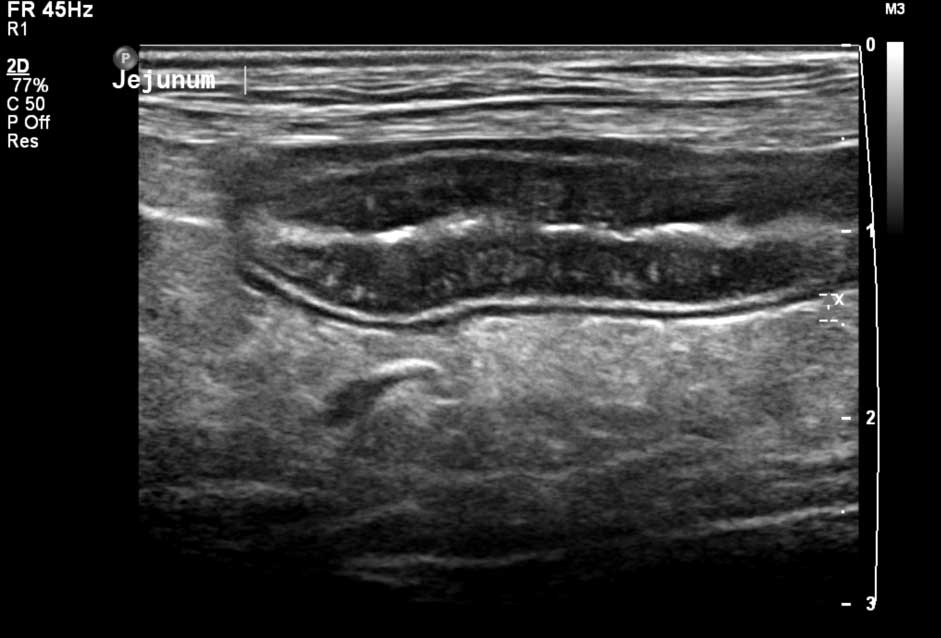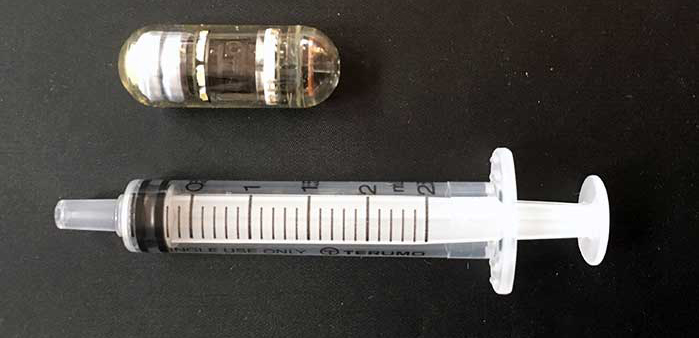7 Jul 2020
Gastrointestinal disorders in companion animal patients
Ferran Valls Sanchez outlines the diagnostic approaches for these issues in cats and dogs, and treatment options and prognosis.

Gastrointestinal disease is extremely frequent in small animals, and encountered both in first opinion and referral practice.
Acute or chronic vomiting and diarrhoea are common clinical complaints and underlying causes can be classified into two groups – gastrointestinal and extragastrointestinal.
This article will focus on the approach to a chronic presentation of vomiting and diarrhoea.
Chronic inflammatory enteropathies (CIEs) are common causes of chronic gastrointestinal signs, and include food-responsive, antibiotic-responsive and immunosuppressant‑responsive enteropathies. Other important differential diagnoses for chronic gastrointestinal signs are pancreatic disease (pancreatitis and exocrine pancreatic insufficiency), neoplastic disease, endocrinopathies and congenital abnormalities in young animals (such as pyloric hypertrophy).
They can cause a protein‑losing enteropathy (PLE) syndrome, characterised by the loss of albumin through the gastrointestinal tract and consequent hypoalbuminaemia.
Diagnostic approach
The diagnostic approach is different for each patient, and based on the signalment, duration of the clinical signs and physical examination/clinical status, which will guide the extent and type of investigations.
Clinical history is very important as it helps locate the problem (small intestine versus large intestine) or differentiate between vomiting and regurgitation.
A physical examination can provide clues to order your differential diagnostic list, assess the severity of the problem and set a baseline of different parameters – for example, body condition score and bodyweight are very important in the management of chronic gastrointestinal problems.
The following tests can be included in the diagnostic approach.
First-line approach

Second-line approach



Treatment and prognosis
The treatment choice depends on the underlying cause, but the following is a proposed approach to the management of cases with suspected CIE (with or without secondary PLE):
Antiparasitic medication (for example, fenbendazole).
Avoid alimentary indiscretions and perform a diet trial as aforementioned. Some cases of chronic colitis in dogs respond to diets with high fibre content. Psyllium may also be useful in some of these chronic cases.
Biopsies (if not already done) or immunosuppressant trial (with prednisolone as a first choice). If biopsies are not performed and the underlying cause is unknown, the treatment trial with steroids may be inadequate. For instance, the management for gastrointestinal lymphoma and primary lymphangiectasia is different. Prednisolone may be used as a first-line treatment (skipping initially a diet trial, or along with it) in PLE cases that are not eating, severe diarrhoea and severe hypoalbuminaemia (lower than or equal to 15g/L).
In the absence of improvement, to review the diagnosis in cases where biopsies have not been taken and suggest their performance. If biopsies have shown changes compatible with inflammatory enteropathy and the current diagnosis is IBD, other immunosuppressants – such as chlorambucil – can be used. A study concluded that associating prednisolone and chlorambucil was more effective than a combination of prednisolone and azathioprine10. Other options are ciclosporin, azathioprine or mycophenolate mofetil.
Antibiotic-responsive enteropathy is rare11, so antibiotics are not usually indicated for most cases. German shepherd dogs are predisposed to it. According to a report, antibiotics should be reserved for cases where other trials have failed and only mild changes are found histopathologically11. Larger studies on the use of prebiotics and probiotics are needed.
Faecal microbiome transplantation – this treatment is successful for the treatment of Clostridium difficile in humans and its use has been reviewed for many other human pathologies. However, not much information is available in the veterinary literature. A recent case report described successful long-term results of faecal microbiome transplantation in a dog with IBD that had not responded to multiple treatments12. Therefore, this treatment could be considered a resource despite the current absence of strong evidence.
Octreotide is an injectable somatostatin analogue commonly used in human medicine for management of PLE13. It is sporadically used in veterinary medicine in refractory cases, but no study is currently available. The mechanism of action in diminishing protein loss is unclear13. It can be considered an option in refractory cases.
Conclusion
Chronic vomiting and diarrhoea are very common in small animal medicine. The diagnostic approach should be adjusted in each case according to the signalment, clinical history and physical examination findings. In many cases, the diagnostic approach is combined with treatment trials that also act as diagnostic tools (for example, a diet trial).
Performing these trials – along with exclusion of extragastrointestinal disease – helps to interpret the results of gastrointestinal biopsies.
Some drugs in this article are used under the cascade.
